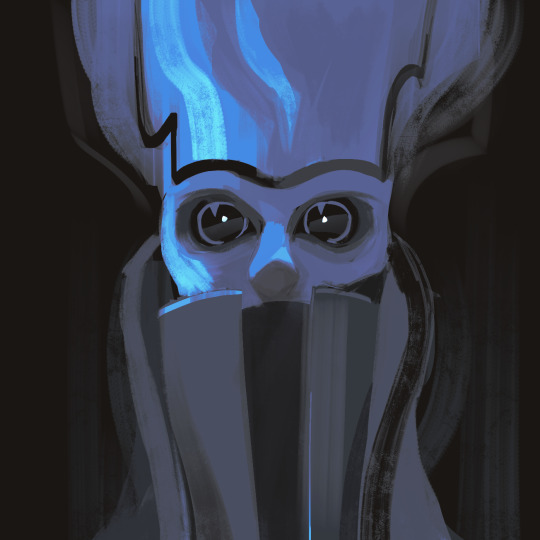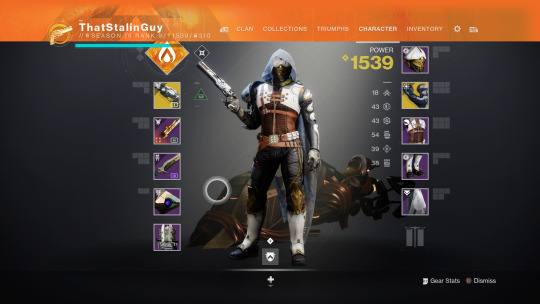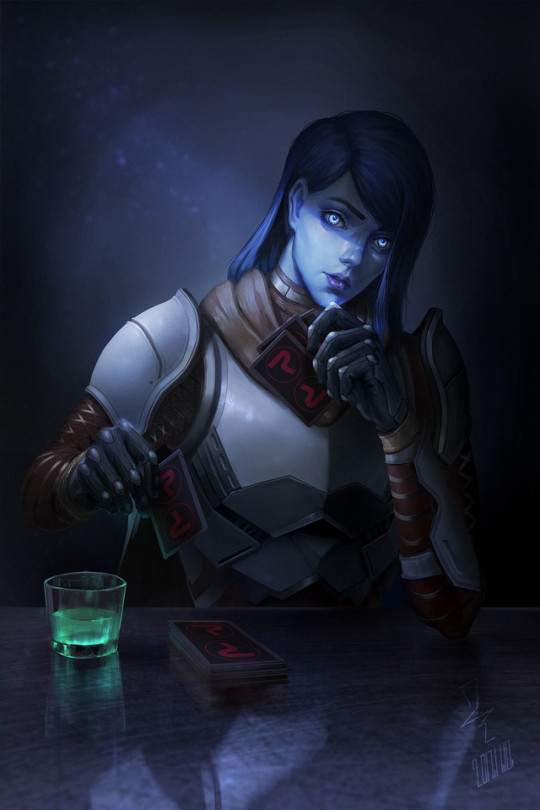#desitny 2 art
Text

witness deez nuts
#my art#fanart#destiny#destiny 2#destiny witness#the witness#desitny 2 art#destiny 2 fanart#destiny art#destiny fanart#drew this solely for a playlist cover on spotify
214 notes
·
View notes
Text
Darin-6


HERE'S his in-game look for comparison :]
#oc tag#OC tag: Darin-6#Darin-6#def's art#hes my hunter character in Desitny 2!!#exo solar hunter main HEEHEEE
6 notes
·
View notes
Text


little kell
115 notes
·
View notes
Text

Would my Warlock be able to get the IB set? ...Only time would tell...
A quick doodle of how I feel with Iron Banner. 110% inspired on a Steam sale meme I found a time ago
#destiny 2#destiny#warlock#desitny the game#destiny warlock#lord saladin#saladin#iron banner#ib#sketch#my art#artists on tumblr#procreate#fanart
5 notes
·
View notes
Photo

Commission Destiny 2
Commission for Suros Six ,Twitter: twitter.com/Suros_Six
Chen Starry
#Destiny 2#desitny#character art#science fiction#science fiction art#sf#sf art#sci fi#sci fi art#cards#gambler
516 notes
·
View notes
Text
From the House Simple thoughts and words from Madame Leandra and our Team The Elder Futhark Runes Part 3: Runecasting
8/7/2017 Sorry this one took so long to write up, but here it is! Part 3 of The Elder Futhark Runes! Today, we will be exploring what it means to cast runes, methods of casting, and how to interpret a reading using 3 very basic formats. If you haven’t had a chance, I suggest that you take a look at parts 1 and 2 of this series to familiarize yourself with The Elder Futhark if you are not already a rune-reader. If you are and are just seeking a couple ways to expand upon your practice, then you have come to the right place! Firstly, what is runecasting? The term “cast” in this sense comes from the Germanic root word kasta which literally translates to “to throw or overturn.” Being one of the oldest and perhaps the least formal of all the divinatory arts, casting runes usually consists of dumping, dropping or tossing your runes from a container out onto a rune reading mat, a simple cloth, the ground, or a table. In a way, this can be seen as the diviner’s way of allowing the universe or gods to choose how the runes will fall. There is no real way to rig a rune reading if this method is used which is why it appeals to so many purists of the divinatory arts. It’s also fairly simple to execute so long as you take care not to bludgeon someone or something with a runaway or ricochet stone. In using this method, you will inevitably get stones that land face-down. Many readers will either keep these in place or remove them from the reading to allow more space to read those runes that have fallen face-up. Another, more elaborate form of rune-reading requires that you take your runes from their container and place them each face down in front of your querent or client and allow them to choose stones from the lineup. Still another form would be to allow your client to reach into the container and select runes at random or to do so yourself and then place them on the surface in front of them. As with all art forms, there is no wrong way to cast runes. Many rune-readers will use specialty mats for their readings as well. While not required, they can certainly be useful in helping especially the novice reader to familiarize themselves with the positions in which runes fall in a reading. Perhaps the most common type that I have personally encountered is the “Reading the Norns” mat that consists of three circles lined up horizontally with a slight overlap on each. The three circles represent the three Norns from the Nordic tradition who are female archetypal figures that control fate and destiny with each one presiding over a specific aspect of the intrinsic or spiritual desitny of mankind. They are said to live at the base of Ygdrassil, the Nordic World Tree that connects the 9 realms of life together. They are represented as three sisters: Urd "fate and past", Verdandi "necessity and present" and Skuld "being and future." Where the runes land in relationship to each of the three circles is then interpreted by the reader to create and account of the course of events as they progress from the client’s past through to their future. This format of reading can also be used to do a “problem, action, outcome” reading as one would do with tarot cards. Another commonly seen and used mat is the “Ygdrassil” or “World Tree” mat that is divided into 9 sections with each one representing the aspects of 1 of each of the 9 realms. For example “Hel” represents death, rebirth, unconscious influences, stillness and release where “Midgard” represents the body, self, the physical realm, and practicality. This is a generally good mat to use for more complex and intense readings that cover more than a simple question as it can give quite a great deal of insight to more nuanced aspects of a person’s life and personality. I would use this particular mat in a general reading as it can take quite a bit longer to read than the “past, present, future” layout of the Norns mat. The third mat I have encountered, and probably one that is least used, is the “Vigvisir” mat. It is inscribed with the Vigvisir symbol that is meant to protect a wanderer or traveler in their adventures away from home. Perhaps one of the most commonly used and most recognizable symbols of the Nordic Tradition, this mat is used to determine the outcome of a client’s specific internal journey and personal progression. I was taught that it is generally read in a spiraling format with the runes nearest the center of the mat representing latent or internal aspects of the journey where the outward runes relate more to relationships and forces external to the traveler and how they impact inward progress. No matter how you read your runes, remember that your relationship with your tools is what matters the most. If you find a way that works for you outside the norm, don’t be bashful! Own that! As with every other tool out there, the runes and method of your casting and reading are simple a way to manifest the intuitive information into a format that connect with you and your client. Many rune-readers use simple or plain cloths and read their runes entirely based on their intuition. There is no wrong answer. Elaborate mats and hand-stitched leather pouches, gilded rune-stones or hand-carved and etched wood slices from a birch tree branch collected on the night of a full moon in yadda-yadda-yadda astrological event . . . none of that makes any difference to you unless you decide that it does. I always highly suggest that you bless and cleanse your tools routinely, but even that is up to you. As a practitioner of this ancient art, you will have to strike a balance within yourself about what genuinely works for you. So all you casters out there, what are your rune experiences? Do you have a specific layout that you prefer? Again, anything you would like to share is welcome on our Oracles Blog even if it contradicts something I’ve said. I’m always open to discuss the greater nuances of any of our divinatory arts. Next time, we will be looking a little closer at one of the more contemporary divinatory arts as we explore Oracle Cards. Until then, thank you for your support! Brightest blessings and happy readings to you all!
0 notes